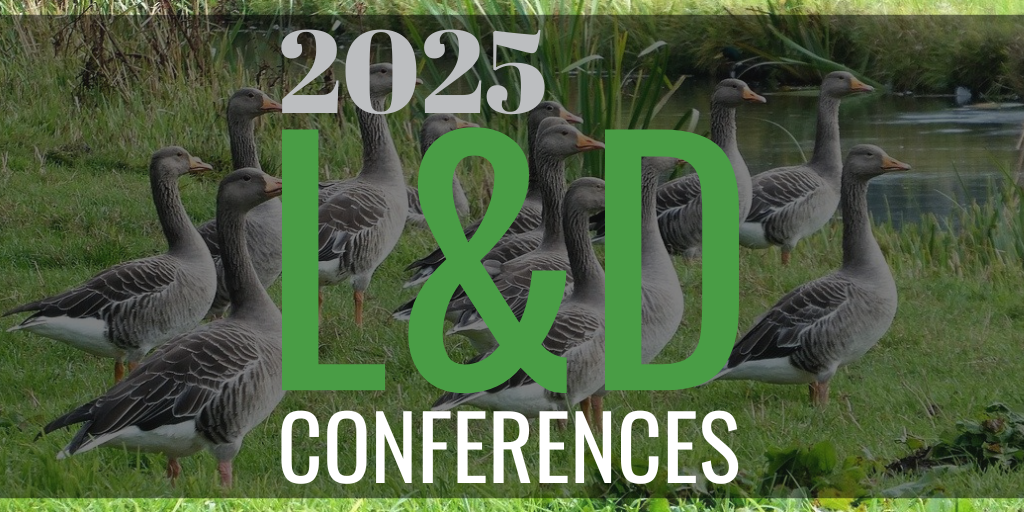The world needs all kinds of minds
/Recently I enjoyed watching the HBO movie “Temple Grandin”, which chronicles how, as a young woman, Dr. Grandin discovered that the way her autistic mind works gave her new and different perspectives on the world in general and animal handling in particular.
The movie does an excellent job of illustrating the fact that when a person has autism, their brain is working in a different way, not in the wrong way. This varies by individual; in Dr. Grandin’s case, she thinks in pictures. If this different way of thinking is recognized and supported for its capabilities rather than pushed into a traditional mold, it has the power to excel. It may even uncover new possibilities and insights beyond traditional thinking, as in the case of Dr. Grandin.
Watching the movie made ponder the subtle differences in the way our learning audiences think. Instructional designers often talk about aural learners, visual learners and kinesthetic learners, but how often are even these basic learning styles really being addressed? When a learning program is created, we must ensure we are doing all we can to bring each learner to their full potential within the bounds of our subject area, budget and other limitations. By make simple changes – reviewing material to ensure there are visual cues that consistently and directly support textual content in e-learning, for instance - could we be making a much stronger connection with a portion of the audience?
To find out more about Temple Grandin, check out this TED talk she did recently, “The world needs all kinds of minds.” Dr. Grandin’s website can be found at http://www.grandin.com.






